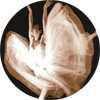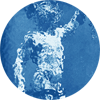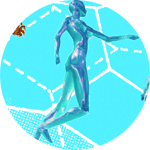
|
Illustrated Guide for Raymond Roussel @by Shiro Takahashi@¨ |
||||||||||||||||||||||||||||||||||||||||
It is instructive to contrast Roussel's writings with those of Jules Verne. While Verne's scientific novel "Extraordinary Journeys" is a vision of what everyday life might someday become, and its prophecies are being borne out in the real world around us 100 years after it was written, Roussel's novels express a lofty, intellectually integrated fantasy world that 100 years later, serves as an analogy for the contemporary realm of cyberspace. Roussel psychiatricized science and technology. |
||||||||||||||||||||||||||||||||||||||||
"Impressions d'Afrique"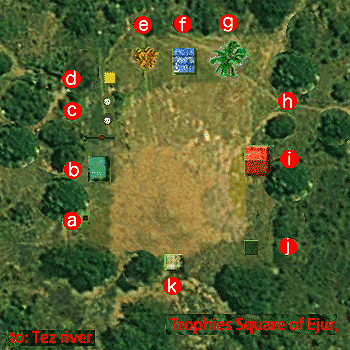 Raymond Roussel authored the bizarre and fantastic work of novelistic imagination "Impressions of Africa" in 1910. It is a tale of the coronation of Talu VIIAEmperor of Ponukele, at which the nature-based arts of Africa and the scientific arts of Europe are placed in competition with one another. |
"Locus Solus"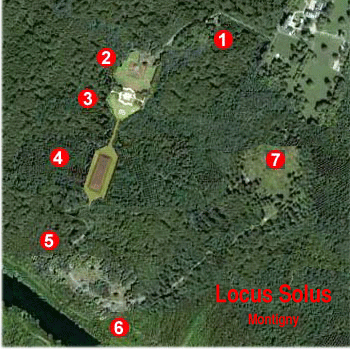 In his 1914 novel "Locus Solus", the Pabilions of art built on a hillside near Paris by scientist Martial Canterel is the site of Canterel' unveiling of the results of his own resrarch. The four elements of air, water, earth and fire play a prominent role in these works, along with other timeless themes such as life and death.
|
|||||||||||||||||||||||||||||||||||||||
 2016 Aichi Triennale |
 2016 Musee du Quai Branly Paris |





